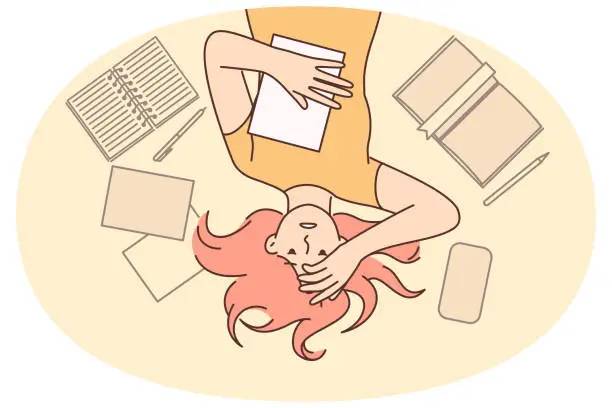In recent years, the field of mental healthcare has witnessed the emergence of a novel approach known as 'Arts on Prescription.' This model seeks to integrate artistic practices into traditional healthcare strategies, aiming to enhance the therapeutic outcomes for individuals dealing with mental health issues. By engaging with various forms of art, such as painting, music, dance, and drama, participants are provided with a creative outlet that can serve as a powerful tool for emotional expression and healing.
The concept of Arts on Prescription is rooted in the understanding that traditional talk therapies, while effective for many, may not fully address the needs of everyone. Art, as a universal language, offers a non-verbal means of communication that can be particularly beneficial for those who struggle with expressing their feelings through words. This approach not only provides a therapeutic benefit but also fosters a sense of community and belonging, as participants often engage in group activities where they can share their experiences and support one another.
One of the key aspects of Arts on Prescription is its focus on empowerment and self-expression. Through artistic creation, individuals are encouraged to explore their inner thoughts and emotions in a safe and supportive environment. This process can lead to a deeper understanding of oneself, which is often a crucial step in the journey towards mental wellness. Moreover, the tangible outcomes of artistic activities, such as a painting or a song, can serve as a source of pride and accomplishment, boosting self-esteem and confidence.
Community engagement is another vital component of the Arts on Prescription model. By involving local artists, community centers, and healthcare providers, this approach helps to break down the barriers between healthcare and the community. It promotes a collaborative environment where healthcare is not just the responsibility of medical professionals but is shared among all members of the community. This collaborative approach not only increases access to mental health services but also helps to reduce the stigma associated with seeking help for mental health issues.
The effectiveness of Arts on Prescription has been supported by numerous studies and testimonials from participants. Many have reported reduced symptoms of anxiety and depression, improved social skills, and a greater sense of well-being. These positive outcomes suggest that integrating artistic practices into mental healthcare can have a profound impact on the lives of individuals dealing with mental health challenges.
As we continue to explore the potential of Arts on Prescription, it is essential to recognize that this model is not without its challenges. Ensuring the availability of trained professionals, adequate resources, and a supportive infrastructure are critical to its success. Additionally, ongoing research is needed to further understand the mechanisms through which art influences mental health and to identify the most effective approaches for different populations.
In conclusion, Arts on Prescription represents a promising direction in the field of mental healthcare. By harnessing the power of art, this model offers a unique and innovative way to address the complex needs of individuals dealing with mental health issues. As we move forward, it is crucial to continue supporting and expanding this approach, ensuring that it reaches those who can benefit most from its transformative potential.



发表评论 取消回复